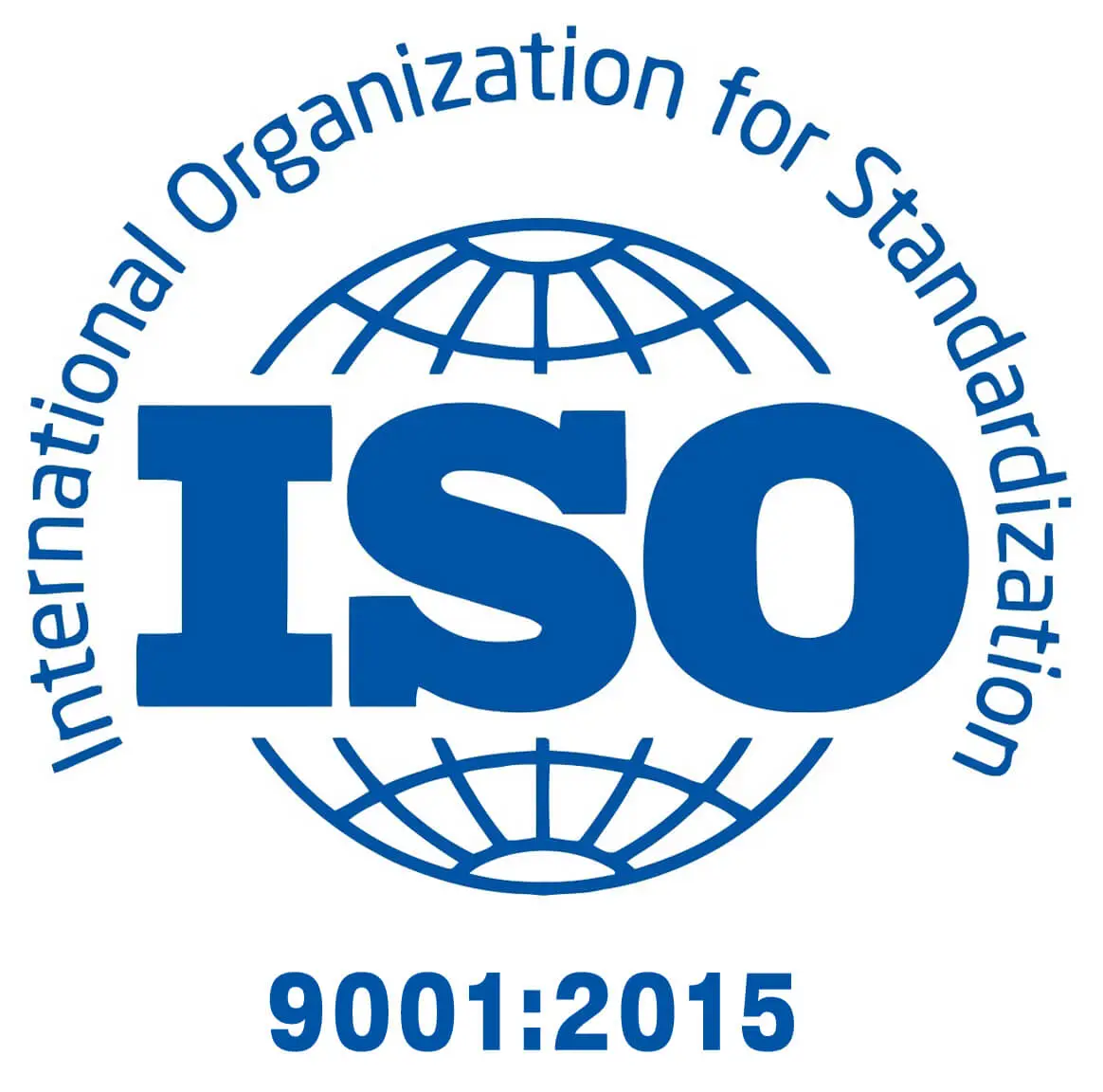Exu Accountants can help improve your accounting processes, including transaction automation. Whether you have identified a process gap that needs revamping or want to evaluate your current accounting system, we can provide you with tools and support to enhance your business. We also offer software support for all versions of Books, including staff training. Please think of us as your local bookkeeping resource.
Changing business entities from a Sole Proprietor to an LLC or S Corp (or any change in entity status) often comes with advantages and is a great way to protect your assets. We see these changes quite often. Knowing how to handle the bookkeeping during the transition to a new entity is essential. Exu Accountant had been providing bookkeeping services to a jeweler (we'll call them "Bling") for several years when they decided to incorporate it. We met with Bling to discuss the details of the bookkeeping transition and the options available. Below is a summary of the steps taken to ensure a successful transition.
Problem
1. How to maintain accurate accounting records during a change in a business entity.
Solution
1. Working with Bling's tax accountant, Balance Books set the 'transition date' to start at the beginning of the next calendar quarter. We wanted to make a smooth transition while considering payroll and sales tax reporting dates.
2. Exu Accountant worked together to determine that the bookkeeping for the new entity will be maintained in BooksOnline (QBO) since it is easily accessible by everyone involved.
3. BB created a new QBO file, added all the necessary users, and began accounting for the new entity by linking their new back account. BB also imported vendors, customers, items, and the appropriate chart of accounts to ensure that the look and feel were the same as the old company. Daily operations of the company didn't change - only the entity status, so we wanted to make the transition as seamless as possible.
4. BB continued to complete the accounting for the old entity while monitoring both entities to ensure that transactions were recorded in the correct set of books.
5. Within three months, the old business entity was no longer active, and we moved forward with the new business entity.
6. As tax season approached, we worked closely with the tax accountant to ensure that both tax returns were completed correctly.
Maintaining proper accounting records during a change in an entity can be confusing, but with the help of Exu Accountant, you won't have to stress over all the details. Instead, we'll work with you through every step of the process. Need some help? Call us today!
Exu Accountant was recently approached by a leading advertising agency (we'll call them "Great Ads") to assist with their bookkeeping strategy. Great Ads described their current bookkeeping situation as inefficient and confusing. In addition, Great Ads was concerned that they never really knew how much money they were making. Books Identified their problems and implemented a solution.
1. Great Ads was maintaining their bookkeeping in two different accounting systems. Unfortunately, they had not been adequately set up to work in the same accounting system as their accountant was using, so they were maintaining two different sets of books.
2. Having accounting transactions in two different systems is inefficient because transactions are essentially entered twice. In this case, customer invoices and payments are entered into QBO, and bank deposits are entered into QBD. Both systems show valid transactions, but neither approach is as accurate as if only one method was used. In addition to inefficiency, having two accounting systems is highly confusing. Which system would you trust if neither had all the information available?
1. The BB team worked with Great Ads to obtain access to the QBO and QBD files and merged them; however, combining two accounting systems isn't as easy as "pushing a button."
2. BB updates the QBD file by reconciling the current year and ensuring the accuracy of both the Balance Sheet and the Income Statement.
3. After establishing an accurate set of books, we converted the QBDesktop file BACK to Online – essentially overwriting the existing QBO file that Great Ads was using. This will allow Great Ads AND their accountant (now Exu Accountant!) to access the SAME accounting system.



